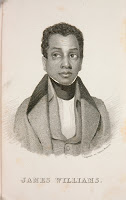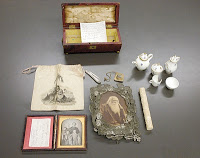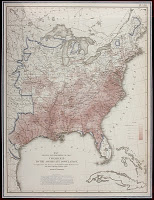The Clements Library has a wealth of materials on African American history, documenting many aspects of slavery, the abolitionist movement, the Civil War, and beyond. Much research remains to be done with these materials, to more fully explore the African American experience in the United States. Some highlights from the different Divisions include:
Book Division:
Narrative of James Williams, an American Slave (1838)
The American Anti-Slavery Society published this controversial account of James Williams’ escape from enslavement in Virginia. African American engraver Patrick Reason created the striking portrait of Williams which appears in the book. (Currently on display in the Clements Library exhibit Reframing the Color Line, which closes February 19, 2010.)
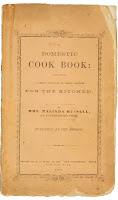 Culinary Division (Janice Bluestein Longone Culinary Archive):
Culinary Division (Janice Bluestein Longone Culinary Archive):
Malinda Russell, A Domestic Cook Book (1866)
Printed in Paw Paw, Michigan, in 1866, this is the earliest cookbook authored by an African American. The Clements Library possesses the only known copy of this important work.
Manuscripts Division:
Weld-Grimké papers (1822-1898)
These papers document the lives of Sarah M. Grimké, Angelina E. Grimké Weld, and Theodore D. Weld, prominent abolitionists and women’s rights advocates. The collection includes a considerable amount of material on their involvement in the anti-slavery movement and correspondence with other prominent activists such as William Lloyd Garrison and James G. Birney.
“Map showing the proportion of the colored to the aggregate population: Compiled from the returns of population at the ninth census of the United States 1870, by Francis A Walker.”
Census maps such as this one, depicting the proportions of the African American population in 1870, can be of great value in understanding historical patterns and themes.
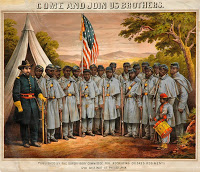 Print Division:
Print Division:
“Come and Join Us Brothers: Supervisory Committee for Recruiting Colored Regiments”
This print was a recruiting poster for black Union soldiers in the American Civil War.

